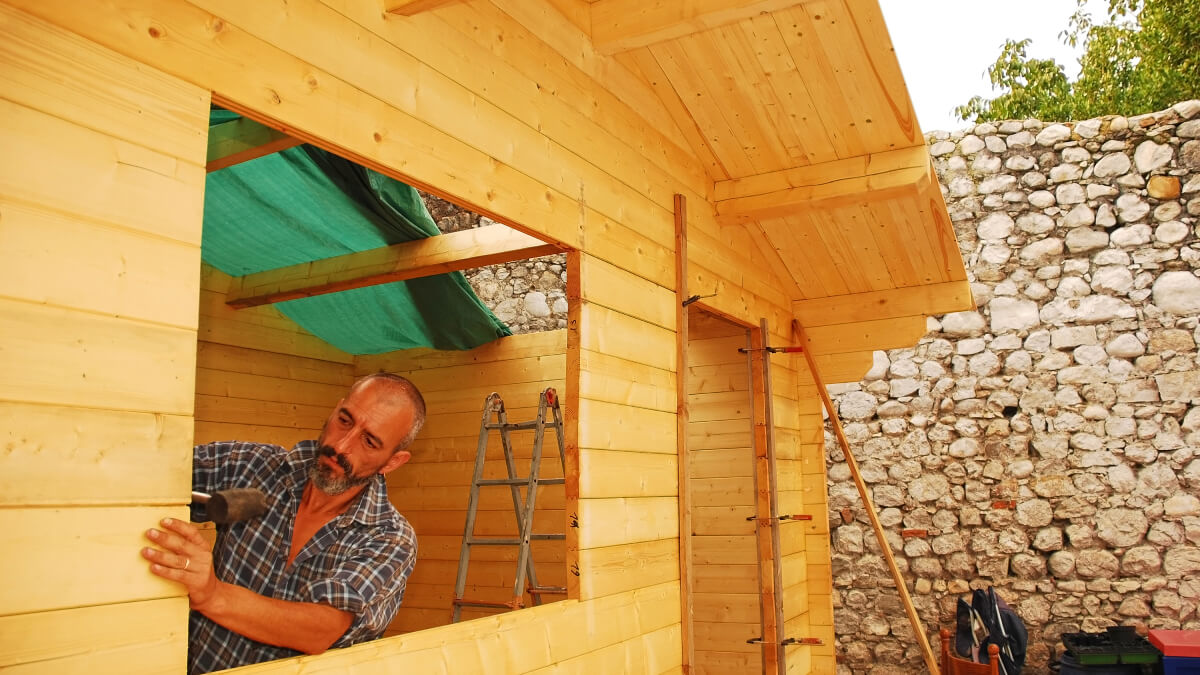Anyone involved in the construction industry for long enough will tell you the most important work is always done before even lifting a finger on the building site. To give a project the best chance at coming in on time and under budget, thorough planning is necessary prior to construction. Pre-contract services like cost plans and a Schedule of Works help construction professionals develop a budget or build timeline, but none of these tools create a comprehensive blueprint for the project, like a bill of quantities (BoQ). So, if you’re looking to increase the profit margins of your builds, keep reading as we explain how you can use a BoQ to start any construction project with clarity.
What Is A Bill Of Quantities In Construction?
Whether you’re looking to work your way up the construction ladder or are an experienced project manager, it’s never a bad time to brush up on your understanding of BoQs. This simple document could be the difference between a profitable or loss-making project. So, keep reading to learn all about the advantages of a BoQ and how to prepare one yourself.
- Bill Of Quantities Meaning
- Advantages Of A Bill Of Quantities
- Types Of Bill Of Quantities
- How To Prepare A Bill Of Quantities
- Bill Of Quantities Example
Looking For More Construction Advice?
Join our mailing list for more tips and articles!
Bill Of Quantities Meaning
A BoQ is a document listing the items and quantity of work required to complete a project. While it may sound relatively simple, it’s one of the most effective to keep track of the materials and labour needed throughout the build. They’re generally prepared by cost consultants like our quantity surveyors in London to support those in charge of construction, like a project manager or a general contractor.
A BoQ plays a key role in the tendering process as it allows tenderers to provide accurate pricing for exact specifications. As each tenderer provides a quote for the same quantities, comparing offers is easier. Additionally, tenders will provide pricing for each item on the BoQ, so those in charge of the project can compare the overall price and individual items to determine which aspects of a tender offer good or poor value.
The information a BoQ provides is invaluable in tender negotiations and helps avoid disputes with contractors. As the project develops, the BoQ continues to act as a construction guideline and a tool to assess whether the build will remain within budget.
View this post on Instagram
Advantages Of A Bill Of Quantities
A BoQ is often described as ‘the heart of the project’ because it is influential in so many aspects of the build. Here are just a few of the ways a BoQ can benefit your construction project:
Efficient Tendering
As outlined above, a BoQ is hugely effective in simplifying the tendering process and ensuring the project owner gets the best deal possible. By providing a standardised document to all competing contractors, you can ensure all submitted tenders are for the same work and avoid omissions or ambiguity. Additionally, the management team can save hours analysing bids because all pricing is based on the same quantities.
Planning And Scheduling
A BoQ can help improve construction planning and scheduling by using the information within the document to form a more detailed plan with expected timings. A clear and accurate timeline will help avoid wasting labour and materials, and the management team can easily assess the project’s development.
Communication And Transparency
As the BoQ provides a comprehensive overview of the work expected, it’s easier for those in charge of the project to hold the relevant contractors to account. The clear layout of tasks and costs reduces the risk of misunderstandings, helping both parties avoid unnecessary, time-consuming meetings. It’s also worth noting a transparent owner-contractor relationship is conducive to high-quality construction.
Cost Control
A clear and organised BoQ enables accurate cost control. Equipped with an overview of necessary items and their prices, quantity surveyors can find more cost-effective alternatives. Additionally, the BoQ helps with resource management as upcoming expenses are made clear from early on. If any unexpected costs are incurred, an organised BoQ makes it easier to adapt the budget accordingly.
Collection Of Cost Data
Once priced, the BoQ acts as a valuable source of cost data. The information it provides will help calculate the costs for future projects. The cost data from a priced BoQ can be retrieved, stored, and analysed in different ways and applied for cost estimation or benchmarking purposes, among other things.

Types Of Bill Of Quantities
There are many different types of BoQs, and the right one for your project depends on several variables, including size, budget, and stakeholder requirements. All BoQs fall into two categories, outlined below:
Firm Bill Of Quantities
A firm BoQ involves precise measurements to get an accurate lump sum for a fully designed project. This kind of BoQ results in more accurate tender prices and better financial control throughout the project. Additionally, thanks to the detailed pricing, it’s easier to calculate the cost of unexpected changes.
Approximate Bill Of Quantities
An approximate BoQ is subject to re-measurement and is typically used if there is insufficient information to prepare accurate pricing at the tender stage. The description of the works required is complete, but the quantities are approximate. While this type of BoQ is less costly and time-consuming to prepare, it results in more re-measurement throughout the project, which may prove more expensive.
Within these two BoQ types, there are many variations in structure. These are some of the most common:
- Elemental BoQ: Divides appropriate building elements in the sequence they would be carried out on site.
- Work Package BoQ: Divides items into work packages defined by the employer, quantity surveyor or contractor. Work packages are a collection of tasks required as part of the project.
- Work Section BoQ: Divides list into sections of work that are similar in nature to help contractors understand the extent of their role.

How To Prepare A Bill Of Quantities
A quantity surveyor will usually prepare a BoQ in the preconstruction phase. Here’s how:
Define The Scope Of Work
To start compiling a BoQ, the quantity surveyor must meet with the relevant stakeholders and the management team to define the work scope. Once the project’s specific requirements have been made clear, they will begin collecting all relevant documents (including architectural plans and engineering drawings) to form the basis of the BoQ. Continual collaboration and communication from all stakeholders are essential during this stage to avoid misunderstandings.
Break The Work Down Into Items
The quantity surveyor will then begin breaking the work into items and measuring them. Typically, a BoQ comprises a list of items, a measurement unit, the quantity, and the total cost per item. Quantity surveyors will conduct material takeoff to precisely quantify the items required to complete a project. Estimators like My Build Estimate can be extremely useful in calculating materials and labour costs once quantities have been established.
Draw Up And Review The BoQ
Once they have compiled the measurements, quantities, and prices, the quantity surveyor will begin putting together the BoQ. They will assess its compliance with the chosen measurement method and ensure it is clear to avoid any misinterpretations. The BoQ standards in the UK are defined by New Rules Of Measurement 2, so all BoQs should be measured against these. Once reviewed, the BoQ is passed on to the project management team to begin the tendering process.

Bill Of Quantities Example
To better illustrate how a BoQ might benefit a construction project, we’ve created a simple example of one in practice. In this scenario, a client wants a shed built in his garden. The shed will require wood, nails and paint, so the BoQ should list these three materials, the amounts needed and how much they will likely cost. The BoQ will also include the labour involved in the project, such as cutting wood and painting the finished product. Equipped with this information, the client knows the fair price for the work and can effectively compare quotes from contractors.
If you’re looking for a template to help you compile an effective BoQ, check out our free resources. From a materials list to a cost plan, we offer a range of free example documents to increase the profit margins of your projects.

Stay On Top Of Your Budget
The importance of a clear and organised BoQ cannot be understated because its benefits extend to all areas of a construction project. Whether you’re looking to save costs, stick to a tight schedule, or maintain an open and transparent relationship with your contractors, a BoQ is one of the most effective ways to meet your project goals.
For support in creating a BoQ that maximises the potential of your project, you can rely on Bhangal’s quantity surveying services in London. Our expert team of quantity surveyors have helped our clients save an average of 27.8% on their projects, so get in touch to find out how you could benefit.
How Can We Help You?
Submit your information below, and we’ll be in touch as soon as possible!
